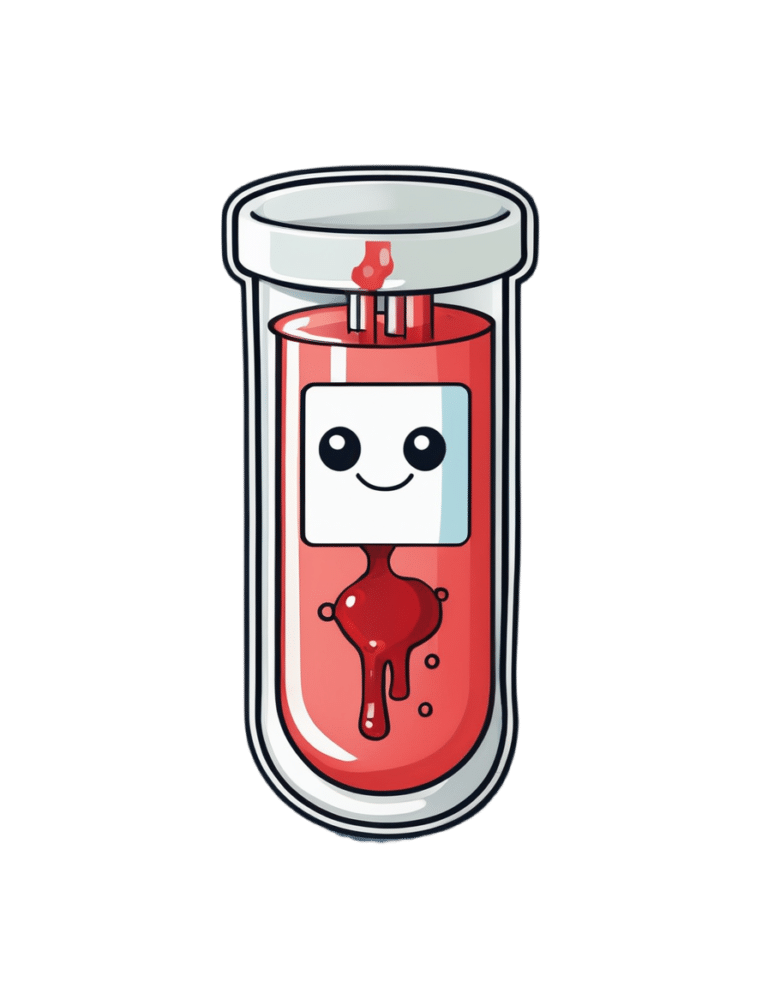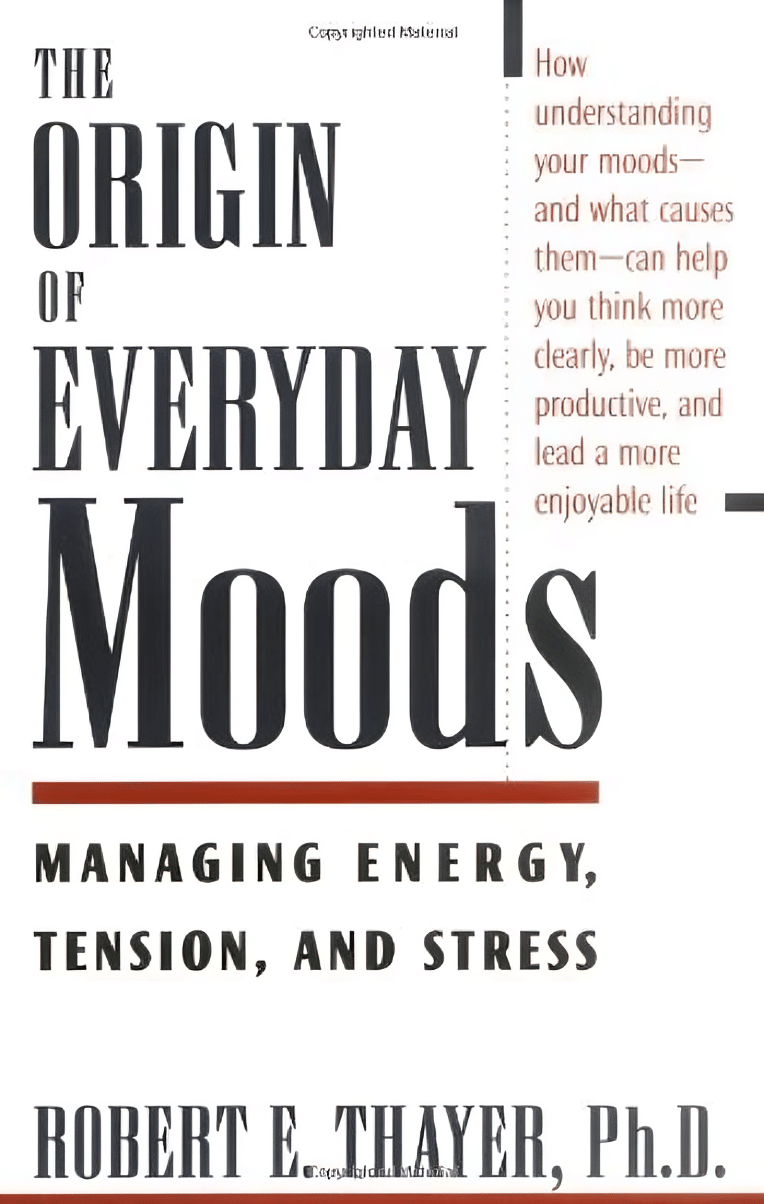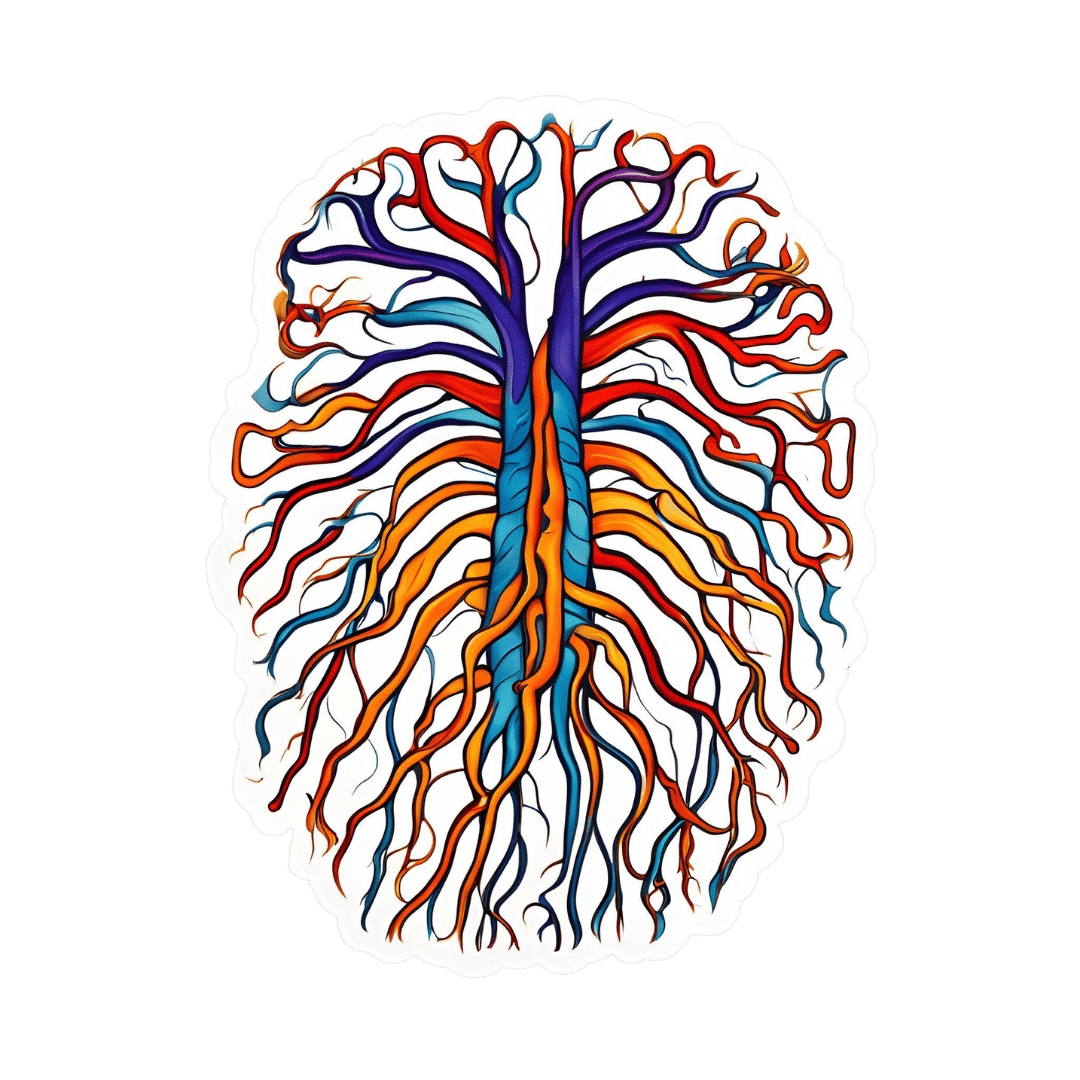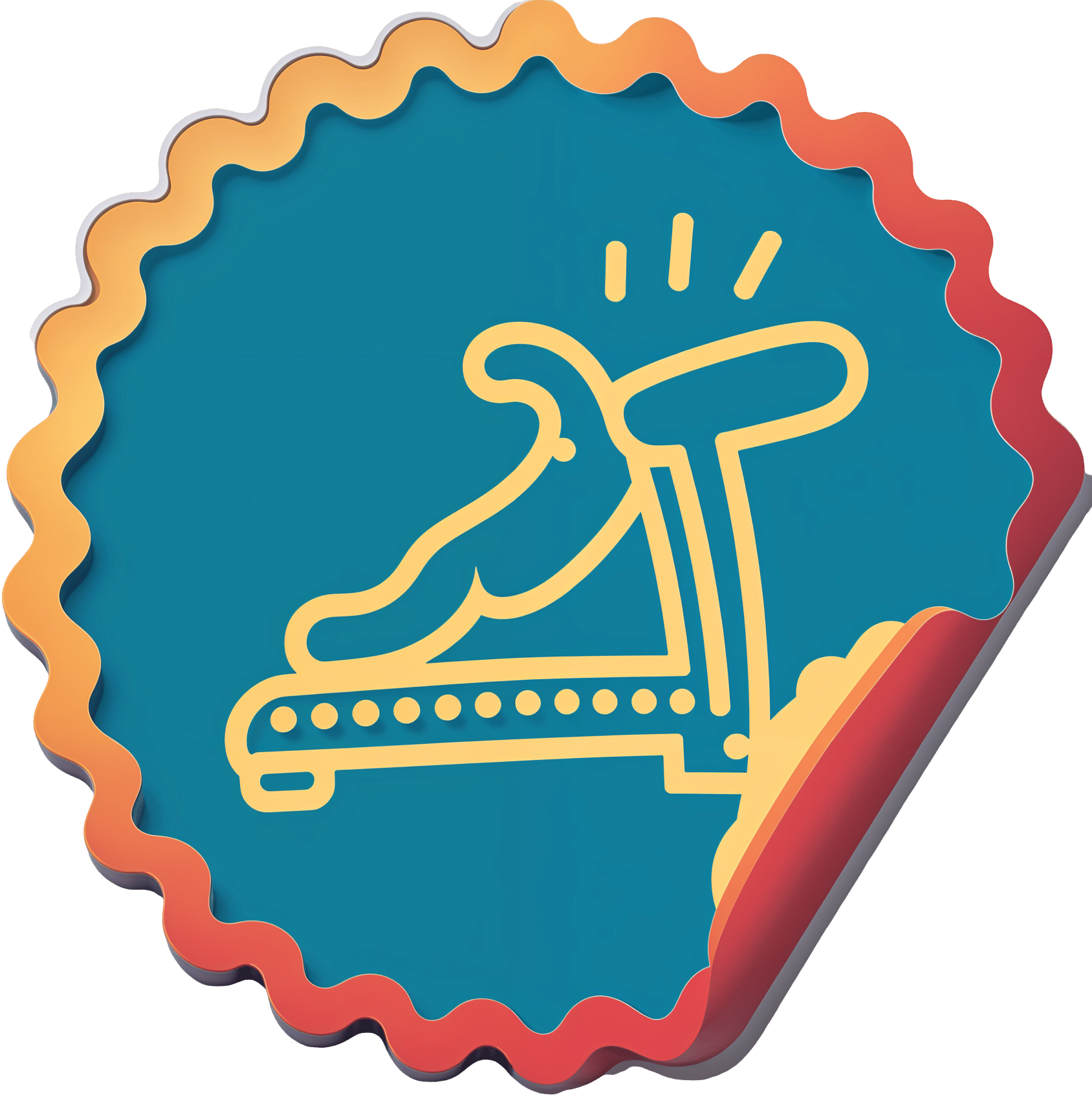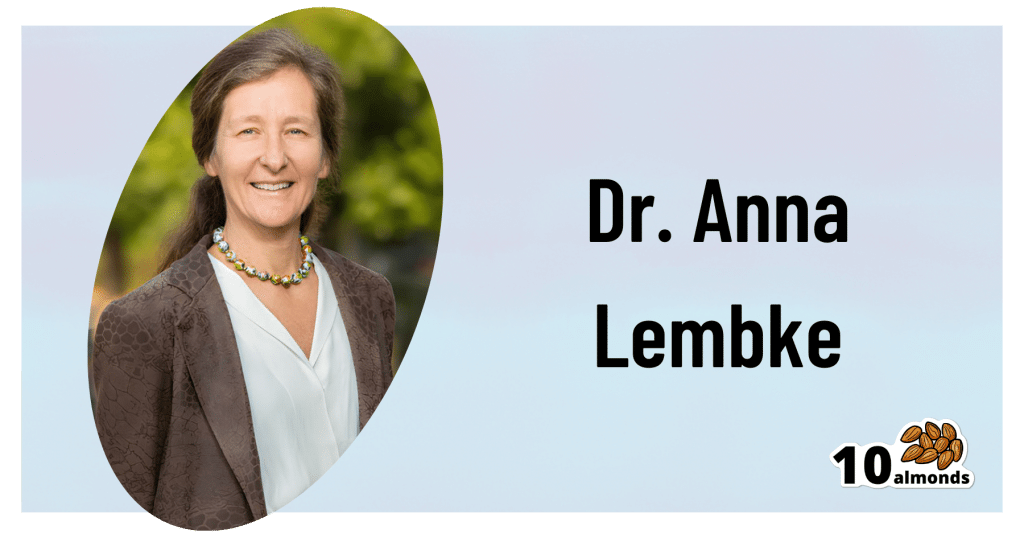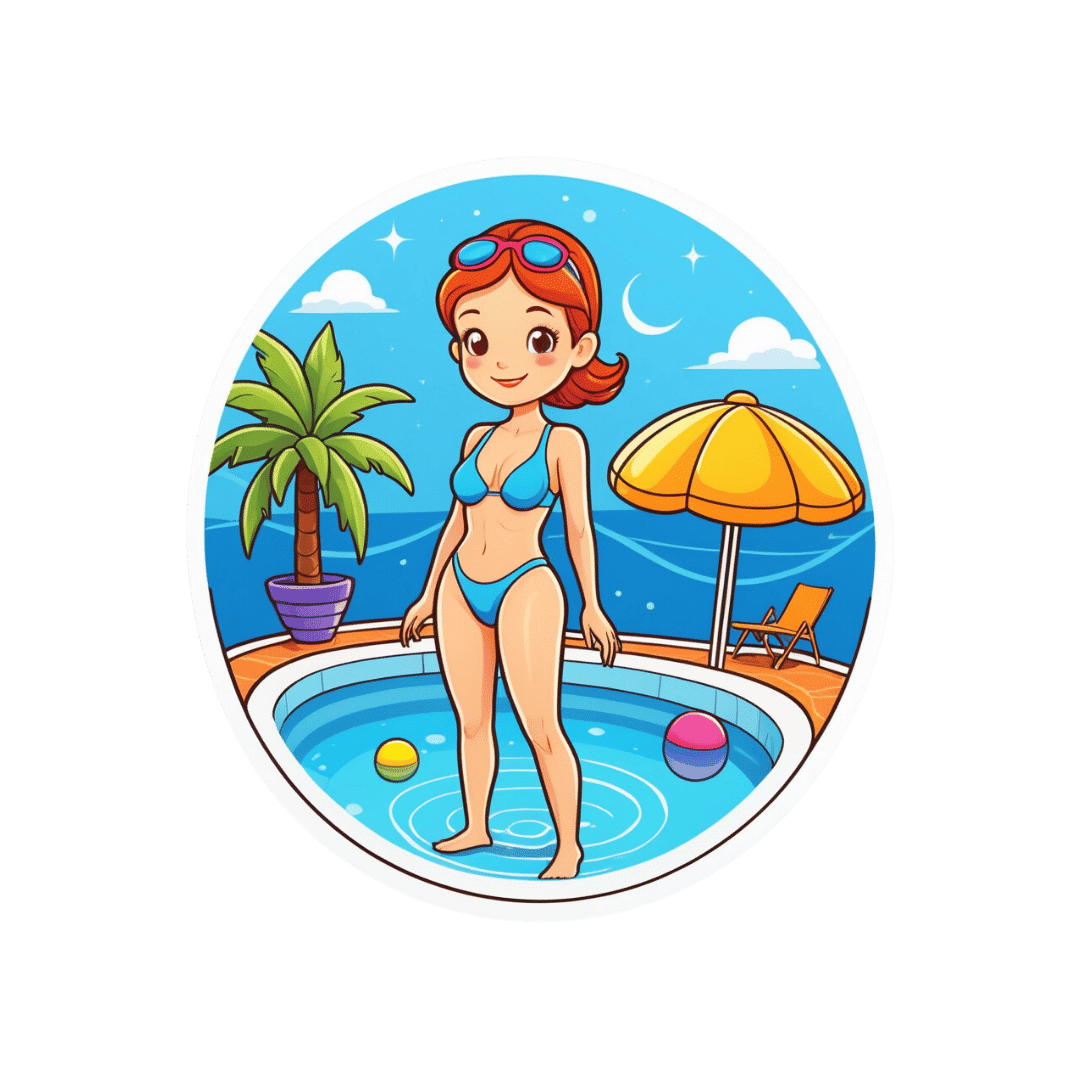
The surprising ways ‘swimming off’ a hangover can be risky, even if alcohol has left your system
10almonds is reader-supported. We may, at no cost to you, receive a portion of sales if you purchase a product through a link in this article.
It’s the morning after a big night and you’re feeling the effects of too much alcohol.
So it can be tempting to “refresh” and take the edge off a hangover with a swim at the beach, or a dip in the cool waters of your local river or pool.
But you might want to think twice.
The day after heavy drinking can affect your body, energy levels and perception of risk in many ways. This means you’re more likely to drown or make careless decisions – even without high levels of alcohol in your blood.
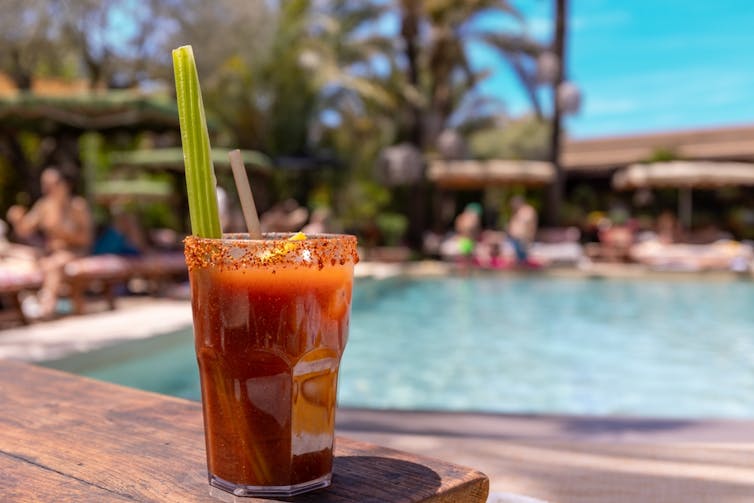
Alcohol + water + summer = drowning
Alcohol is one of the main reasons why someone’s more likely to die due to drowning. And Australians consume a lot of it, including around the water.
The risk of drowning, and injury, including incidents involving alcohol, dramatically increases over the summer festive period – in particular on public holidays and long weekends.
Among people aged 18 and over who drowned in rivers where alcohol was involved, we found some 40% had a blood alcohol concentration of at least 0.20%. That’s four times the upper legal limit of 0.05% when driving a car on a full licence.
When we breathalysed people at four Australian rivers, we found higher levels of blood alcohol with higher temperatures, and particularly on public holidays.
At the beach, intoxication due to alcohol and/or drugs is involved in 23% of drowning deaths with an average blood alcohol concentration of 0.19%.
How about if you’re hungover?
Getting alcohol out of your body is a relatively slow process. On average, alcohol is metabolised at a rate of 0.015% per hour. So if someone stops drinking at 2am with a blood alcohol concentration of 0.20%, their alcohol levels don’t drop to zero until 4pm the next day.
Although hangovers can vary from person to person, typical symptoms include headache, muscle aches, fatigue, weakness, thirst, nausea, stomach pain, vertigo, irritability, sensitivity to light and sound, anxiety, sweating and increased blood pressure.
As well as feeling a bit dusty, the day after an evening of heavy drinking, you’re not so good at identifying risks and reacting to them.
In a pool, this might mean not noticing it’s too shallow to dive safely. In natural waterways, this might mean not noticing a strong river current or a rip current at the beach. Or someone might notice these hazards but swim or dive in anyway.

In one study, we found that after a four-day Australian music festival where people drank heavily, even people who were sober (no longer had alcohol in their blood) were still affected.
Compared to baseline tests in the lab we ran three weeks before the festival, people who were sober the day after the festival had faster reaction times in a test to gauge their attention. But they made more mistakes. This suggests hangovers coupled with fatigue lead to quicker but more careless behaviour.
In and around water this could be the difference between life and death.
Positive blood alcohol readings, including of alcohol from the night before, are commonly implicated in drowning deaths as a result of risky behaviours such as jumping into the water, both at a river and along the coast. Jumping can cause physical injury or render you unconscious, leading to drowning.
Alcohol, including the day after drinking, can also make drowning more likely for a number of other reasons. It also reduces people’s coordination and reaction times.
What else is going on?
Alcohol makes the blood vessels near your skin open up (dilate). So more blood flows into them, making you feel hot. This means you may stay in colder water for longer, increasing your risk of hypothermia.
Alcohol can even make CPR (cardiopulmonary resuscitation) less effective, should you need to be resuscitated.
Normally, your body controls levels of certain minerals (or electrolytes) in the blood. But electrolyte imbalance is common after heavy drinking, including the day after. It’s the reason why hangover symptoms such as muscle pain can lead to cramps in your arms or legs. This can become dangerous when being in or on the water.
Low blood sugar levels the day after drinking is also common. This can lead to people becoming exhausted more quickly when doing physical activities, including swimming.
Other hazards include cold water, high waves and deep water, all of which your body may not be capable of dealing with if you’re feeling the effects of a big night.
What can we do about it?
Authorities regularly warn about the dangers of alcohol intoxication and being near the water. Young people and men are often targeted because these are the groups more likely to drown where alcohol is involved.
Beaches may have alcohol-free zones. Rivers rarely have the same rules, despite similar dangers. https://www.youtube.com/embed/5Salt-kkGUo?wmode=transparent&start=0 Royal Life Saving urges men to ‘make the right call’ and avoid alcohol around the water.
How to stay safe around water if you’re drinking
So take care this summer and stay out of the water if you’re not feeling your best:
- do your swimming before your drinking
- look out for your mates, especially ones who may have had a few too many or are hungover
- avoid getting back into the water after you’ve drunk alcohol or if you’re not feeling your best the next day.
Amy Peden, NHMRC Research Fellow, School of Population Health & co-founder UNSW Beach Safety Research Group, UNSW Sydney; Emmanuel Kuntsche, Director of the Centre for Alcohol Policy Research, La Trobe University, and Jasmin C. Lawes, Adjunct Senior Lecturer, UNSW Beach Safety Research Group, UNSW Sydney
This article is republished from The Conversation under a Creative Commons license. Read the original article.
Don’t Forget…
Did you arrive here from our newsletter? Don’t forget to return to the email to continue learning!
Recommended
Learn to Age Gracefully
Join the 98k+ American women taking control of their health & aging with our 100% free (and fun!) daily emails:
-
The Origin of Everyday Moods – by Dr. Robert Thayer
10almonds is reader-supported. We may, at no cost to you, receive a portion of sales if you purchase a product through a link in this article.
First of all, what does this title mean by “everyday moods”? By this the author is referring to the kinds of moods we have just as a matter of the general wear-and-tear of everyday life—not the kind that come from major mood disorders and/or serious trauma.
The latter kinds of mood take less explaining, in any case. Dr. Thayer, therefore, spends his time on the less obvious ones—which in turn are the ones that affect most of the most, every day.
Critical to Dr. Thayer’s approach is the mapping of moods by four main quadrants:
- High energy, high tension
- High energy, low tension
- Low energy, high tension
- Low energy, low tension
…though this can be further divided into 25 sectors, if we rate each variable on a scale of 0–4. But for the first treatment, it suffices to look at whether energy and tension are high or low, respectively, and which we’d like to have more or less of.
Then (here be science) how to go about achieving that in the most efficient, evidence-based ways. So, it’s not just a theoretical book; it has great practical value too.
The style of the book is accessible, and walks a fine line between pop-science and hard science, which makes it a great book for laypersons and academics alike.
Bottom line: if you’d like the cheat codes to improve your moods and lessen the impact of bad ones, this is the book for you.
Click here to check out The Origin of Everyday Moods, and manage yours!
Share This Post
-
The Painkilling Power Of Opioids, Without The Harm?
10almonds is reader-supported. We may, at no cost to you, receive a portion of sales if you purchase a product through a link in this article.
When it comes to painkilling medications, they can generally be categorized into two kinds:
- non-opioids (e.g. ibuprofen, paracetamol/acetaminophen, aspirin)
- ones that actually work for something more serious than a headache
That’s an oversimplification, but broadly speaking, when there is serious painkilling to be done, that’s when doctors consider it’s time to break out the opioids.
Nor are all opioids created equal—there’s a noteworthy difference between codeine and morphine, for instance—but the problems of opioids are typically the same (tolerance, addiction, and eventual likelihood of overdose when one tries to take enough to make it work after developing a tolerance), and it becomes simply a matter of degree.
See also: I’ve been given opioids after surgery to take at home. What do I need to know?
So, what’s the new development?
A team of researchers have found that the body can effectively produce its own targetted painkilling peptides, similar in function to benzodiazepines (an opioid drug), but—and which is a big difference—confined to the peripheral nervous system (PNS), meaning that it doesn’t enter the brain.
- The peptides killing the pain before it can reach the brain is obviously good because that means the pain is simply not experienced
- The peptides not having any effect on the brain, however, means that the mechanism of addiction of opioids simply does not apply here
- The peptides not having any effect on the brain also means that the CNS can’t be “put to sleep” by these peptides in the same way it can if a high dose of opioids is taken (this is what typically causes death in opioid overdoses; the heart simply beats too slowly to maintain life)
The hope, therefore, is to now create medications that target the spinal ganglia that produce these peptides, to “switch them on” at will.
Obviously, this won’t happen overnight; there will need to be first a lot of research to find a drug that does that (likely this will involve a lot of trial and error and so many mice/rats), and then multiple rounds of testing to ascertain that the drug is safe and effective for humans, before it can then be rolled out commercially.
But, this is still a big breakthrough; there arguably hasn’t been a breakthrough this big in pain research since various opioid-related breakthroughs in the 70s and 80s.
You can see a pop-science article about it here:
And you can see the previous research (from earlier this year) that this is now building from, about the glial cells in the spinal ganglia, here:
Peripheral gating of mechanosensation by glial diazepam binding inhibitor
But wait, there’s more!
Remember what we said about affecting the PNS without affecting the CNS, to kill the pain without killing the brain?
More researchers are already approaching the same idea to deal with the same problem, but from the angle of gene therapy, and have already had some very promising results with mice:
Structure-guided design of a peripherally restricted chemogenetic system
…which you can read about in pop-science terms (with diagrams!) here:
New gene therapy could alleviate chronic pain, researchers find
While you’re waiting…
In the meantime, approaches that are already available include:
- The 7 Approaches To Pain Management
- Managing Chronic Pain (Realistically!)
- Science-Based Alternative Pain Relief ← when painkillers aren’t helping, these things might!
Take care!
Share This Post
-
Rebalancing Dopamine (Without “Dopamine Fasting”)
10almonds is reader-supported. We may, at no cost to you, receive a portion of sales if you purchase a product through a link in this article.
Rebalancing Dopamine (Without “Dopamine Fasting”)
Credit Steve Fisch This is Dr. Anna Lembke. She’s a professor of psychiatry at Stanford, and chief of the Stanford Addiction Medicine Dual Diagnosis Clinic—as well as running her own clinical practice, and serving on the board of an array of state and national addiction-focused organizations.
Today we’re going to look at her work on dopamine management…
Getting off the hedonic treadmill
For any unfamiliar with the term, the “hedonic treadmill” is what happens when we seek pleasure, enjoy the pleasure, the pleasure becomes normalized, and now we need to seek a stronger pleasure to get above our new baseline.
In other words, much like running on a reciprocal treadmill that just gets faster the faster we run.
What Dr. Lembke wants us to know here: pleasure invariably leads to pain
This is not because of some sort of extrinsic moral mandate, nor even in the Buddhist sense. Rather, it is biology.
Pleasure and pain are processed by the same part of the brain, and if we up one, the other will be upped accordingly, to try to keep a balance.
Consequently, if we recklessly seek “highs”, we’re going to hit “lows” soon enough. Whether that’s by drugs, sex, or just dopaminergic habits like social media overuse.
Dr. Lembke’s own poison of choice was trashy romance novels, by the way. But she soon found she needed more, and more, and the same level wasn’t “doing it” for her anymore.
So, should we just give up our pleasures, and do a “dopamine fast”?
Not so fast!
It depends on what they are. Dopamine fasting, per se, does not work. We wrote about this previously:
Short On Dopamine? Science Has The Answer
However, when it comes to our dopaminergic habits, a short period (say, a couple of weeks) of absence of that particular thing can help us re-find our balance, and also, find insight.
Lest that latter sound wishy-washy: this is about realizing how bad an overuse of some dopaminergic activity had become, the better to appreciate it responsibly, going forwards.
So in other words, if your poison is, as in Dr. Lembke’s case, trashy romance novels, you would abstain from them for a couple of weeks, while continuing to enjoy the other pleasures in life uninterrupted.
Substances that create a dependency are a special case
There’s often a popular differentiation between physical addictions (e.g. alcohol) and behavioral addictions (e.g. video games). And that’s fair; physiologically speaking, those may both involve dopamine responses, but are otherwise quite different.
However, there are some substances that are physical addictions that do not create a physical dependence (e.g. sugar), and there are substances that create a physical dependence without being addictive (e.g. many antidepressants)
See also: Addiction and physical dependence are not the same thing
In the case of anything that has created a physical dependence, Dr. Lembke does not recommend trying to go “cold turkey” on that without medical advice and supervision.
Going on the counterattack
Remember what we said about pleasure and pain being processed in the same part of the brain, and each rising to meet the other?
While this mean that seeking pleasure will bring us pain, the inverse is also true.
Don’t worry, she’s not advising us to take up masochism (unless that’s your thing!). But there are very safe healthy ways that we can tip the scales towards pain, ultimately leading to greater happiness.
Cold showers are an example she cites as particularly meritorious.
As a quick aside, we wrote about the other health benefits of these, too:
A Cold Shower A Day Keeps The Doctor Away?
Further reading
Want to know more? You might like her book:
Dopamine Nation: Finding Balance in the Age of Indulgence
Enjoy!
Share This Post
Related Posts
-
Retinoids: Retinol vs Retinal vs Retinoic Acid vs..?
10almonds is reader-supported. We may, at no cost to you, receive a portion of sales if you purchase a product through a link in this article.
It’s Q&A Day at 10almonds!
Have a question or a request? We love to hear from you!
In cases where we’ve already covered something, we might link to what we wrote before, but will always be happy to revisit any of our topics again in the future too—there’s always more to say!
As ever: if the question/request can be answered briefly, we’ll do it here in our Q&A Thursday edition. If not, we’ll make a main feature of it shortly afterwards!
So, no question/request too big or small 😎
❝I’m confused about retinol, retinal, retinoin, retinoids, etc, and of course every product claims to be the best, what’s the actual science on it?❞
Before we get into these skincare products, let’s first note that for most people, what’s best for the skin is good sleep and hydration, a plants-centric whole foods diet, and good stress management:
See for example: Of Brains And Breakouts: The Brain Skin Doctor
However, the world of potions and lotions can be an alluring one, and there is some merit there too. So, in a nutshell:
- Retinoids are the overall class of chemicals, and not a specific type
- Retinoic acid is the strongest form of this chemical and is prescription-controlled in most places
- “Retinoin” is probably tretinoin (all-trans retinoic acid) with the “t” having fallen off; we can only find it being used as a product name, not an actual substance
- Retinal, when it’s not an adjective referring to the retina (the part of the eye that receives refocussed light) and is instead a noun, is a less potent retinoid than the prescription-only kinds, but still stronger than retinol
- Retinol is a much less potent form, and is the most widely found in skincare products
- Retinoic acid is the strongest form of this chemical and is prescription-controlled in most places
All of them work the same way; it is only how serious they are about it that differs.
The mechanism of action is that they speed up the turnover (shedding cycle) of skin, so that cells are replaced sooner. As with any non-cancerous human tissue, this means that the tissue itself (in this case, your skin) will be biologically younger than if it had been replaced later.
The downside, of course, of this is that—while trying to make your skin healthier and more beautiful—the first thing that will happen is skin shedding. Depending on the retinoid type, dose, and the health of your skin to start with, this may mean anything from needing to exfoliate in the morning, to having to go to hospital with what looks like the world’s worst sunburn. For this reason, it is recommended to start with weaker products and lower doses, and work up carefully.
A note on doses: the recommended doses for these products are always truly tiny, like “use a pea-sized amount of this 0.05% serum on your face”. Take them seriously until you’re absolutely sure from experience that your skin can handle more.
Also, a tip: wear gloves when you apply any of the above products. This is because your fingers are also covered in skin, and if you don’t use gloves, then half the product that you intended for your face will be absorbed into your fingers instead. On the bright side, you’ll have beautifully rejuvenated fingertips, though.
You can learn more about the science of retinoids here, in our article about tretinoin, the usually prescription-only form of retinoic acid:
Tretinoin: Undo The Sun’s Damage To Your Skin
Want to try some?
We don’t sell it, but here for your convenience is an example product of retinal (stronger than retinol) on Amazon 😎
Take care!
Don’t Forget…
Did you arrive here from our newsletter? Don’t forget to return to the email to continue learning!
Learn to Age Gracefully
Join the 98k+ American women taking control of their health & aging with our 100% free (and fun!) daily emails:
- Retinoids are the overall class of chemicals, and not a specific type
-
10 Oft-Ignored Symptoms Of Diabetes
10almonds is reader-supported. We may, at no cost to you, receive a portion of sales if you purchase a product through a link in this article.
Due in part to its prevalence and manageability, diabetes is often viewed as more of an inconvenience than an existential threat. While very few people in countries with decent healthcare die of diabetes directly (such as by diabetic ketoacidosis, which is very unpleasant, and happens disproportionately in the US where insulin is sold with a 500%–3000% markup in price compared to other countries), many more die of complications arising from comorbidities, and as for what comorbidities come with diabetes, well, it increases your risk for almost everything.
So, while for most people diabetes is by no means a death sentence, it is something that means you’ll now have to watch out for pretty much everything else too. On which note, Dr. Siobhan Deshauer is here with things to be aware of:
More than your waistline
Some of these are early symptoms (even appearing in the prediabetic stage, so can be considered an early warning for diabetes), some are later risks (it’s unlikely you’ll lose your feet from diabetic neuropathy complications before noticing that you are diabetic), but all and any of them are good reason to speak with your doctor sooner rather than later:
- Polyuria: waking up multiple times at night to urinate due to excess glucose spilling into the urine.
- Increased thirst: dehydration from frequent urination leads to excessive thirst, creating a cycle.
- Acanthosis nigricans: dark, velvety patches on areas like the neck, armpits, or groin, signalling insulin resistance.
- Skin tags: multiple skin tags in areas of friction may indicate insulin resistance.
- Recurrent Infections: high blood sugar weakens the immune system, making skin infections, UTIs, and yeast infections more common.
- Diabetic stiff hand syndrome: stiffness in hands, limited movement, or a “positive prayer sign” caused by sugar binding to skin and tendon proteins.
- Frozen shoulder and trigger finger: pain and limited movement in the shoulder or fingers, with a snapping sensation when moving inflamed tendons.
- Neuropathy: numbness, tingling, or pain in hands and feet due to nerve and blood vessel damage, often leading to foot deformities like Charcot foot.
- Diabetic foot infections: poor sensation, weakened immune response, and slow healing can result in severe infections and potential amputations.
- Gastroparesis: damage to stomach nerves causes delayed digestion, leading to bloating, nausea, and erratic blood sugar levels.
For more on all of these, plus some visuals of the things like what exactly is a “positive prayer sign”, enjoy:
Click Here If The Embedded Video Doesn’t Load Automatically!
Want to learn more?
You might also like to read:
Cost of Insulin by Country 2024 ← after the US, the next most expensive country is Chile, at around 1/5 of the price; the cheapest listed is Turkey, at around 1/33 of the price.
Take care!
Don’t Forget…
Did you arrive here from our newsletter? Don’t forget to return to the email to continue learning!
Learn to Age Gracefully
Join the 98k+ American women taking control of their health & aging with our 100% free (and fun!) daily emails:
-
Sleep Tracking, For Five Million Nights
10almonds is reader-supported. We may, at no cost to you, receive a portion of sales if you purchase a product through a link in this article.
5 Sleep Phenotypes, By Actual Science
You probably know people can be broadly divided into “early birds” and “night owls”:
Early Bird Or Night Owl? Genes vs Environment
…and then the term “hummingbird” gets used for a person who flits between the two.
That’s three animals so far. If you read a book we reviewed recently, specifically this one:
The Power of When – by Dr. Michael Breus
…then you may have used the guide within to self-diagnose your circadian rhythm type (chronotype) according to Dr. Breus’s system, which divides people into bears, lions, wolves, and dolphins.
That’s another four animals. If you have a FitBit, it can “diagnose” you with being those and/or a menagerie of others, such as giraffe, hedgehog, parrot, and tortoise:
How Fitbit Developed the Sleep Profile Experience (Part 2 – Sleep Animals)
Five million nights
A team of researchers recently took a step away from this veritable zoo of 11 different animals and counting, and used a sophisticated modelling system to create a spatial-temporal map of people’s sleep habits, and this map created five main “islands” that people’s sleep habits could settle on, or sometimes move from island to island.
Those “five million nights” by the way? It was actually 5,095,798 nights! You might notice that would take from the 2020s to the 15970s to complete, so this was rather a matter of monitoring 33,152 individuals between January and October of the same year. Between them, they got those 5,095,798 nights of sleep (or in some cases, nights of little or no sleep, but still, they were there for the nights).
The five main phenotypes that the researchers found were:
- What we think of as “normal” sleep. In this phenotype, people get about eight hours of uninterrupted sleep for at least six days in a row.
- As above for half the nights, but they only sleep for short periods of time in bouts of less than three hours the other half.
- As per normal sleep, but with one interrupted night per week, consisting of a 5 hour sleep period and then broken sleep for a few more hours.
- As per normal sleep generally, but with occasional nights in which long bouts of sleep are separated by a mid-sleep waking.
- Sleeping for very short periods of time every night. This phenotype was the rarest the researchers found, and represents extremely disrupted sleep.
As you might suspect, phenotype 1 is healthier than phenotype 5. But that’s not hugely informational, as the correlation between getting good sleep and having good health is well-established. So, what did the study teach us?
❝We found that little changes in sleep quality helped us identify health risks. Those little changes wouldn’t show up on an average night, or on a questionnaire, so it really shows how wearables help us detect risks that would otherwise be missed.❞
More specifically,
❝We found that the little differences in how sleep disruptions occur can tell us a lot. Even if these instances are rare, their frequency is also telling. So it’s not just whether you sleep well or not – it’s the patterns of sleep over time where the key info hides❞
…and, which gets to the absolute point,
❝If you imagine there’s a landscape of sleep types, then it’s less about where you tend to live on that landscape, and more about how often you leave that area❞
In other words: if your sleep pattern is not ideal, that’s one thing and it’d probably be good to address it, by improving your sleep. However, if your sleep pattern changes phenotype without an obvious known reason why, this may be considered an alarm bell warning of something else that needs addressing, which may be an underlying illness or condition—meaning it can be worthwhile being a little extra vigilant when it comes to regular health screenings, in case something new has appeared.
Want to read more?
You can read the paper in full here:
Five million nights: temporal dynamics in human sleep phenotypes
Take care!
Don’t Forget…
Did you arrive here from our newsletter? Don’t forget to return to the email to continue learning!
Learn to Age Gracefully
Join the 98k+ American women taking control of their health & aging with our 100% free (and fun!) daily emails:

